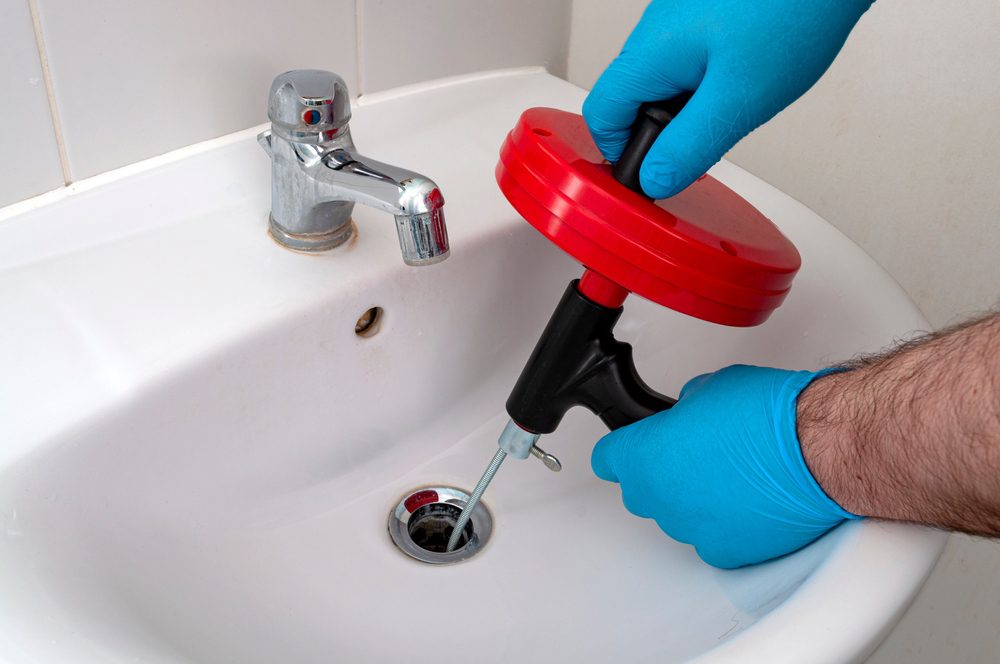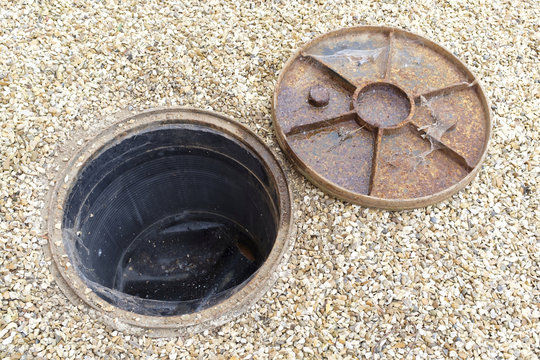Guidelines for Fixing a Blocked Drain Before Seeking Professional Assistance
Guidelines for Fixing a Blocked Drain Before Seeking Professional Assistance
Blog Article
What are your opinions on How to handle a clogged drain in your home?

Introduction
Dealing with an obstructed drainpipe can be a frustrating experience, interrupting day-to-day tasks and possibly causing damages to your property. However, prior to reaching out to pipes experts, there are actions you can require to attend to the concern yourself. In this overview, we'll check out DIY solutions and safety nets to deal with an obstructed drain successfully.
Recognizing the Concern
The primary step in dealing with an obstructed drain is acknowledging the indications. Sluggish water drainage, gurgling sounds, foul odors originating from drains, or water backing up prevail indications of a blocked drain. Identifying these signs early can aid protect against additionally problems.
Usual Root Causes Of Obstructed Drainpipes
Comprehending the factors that contribute to drain obstructions is essential for effective resolution. Typical perpetrators consist of hair, soap scum, oil, food debris, and international items like hygienic products or paper towels. Tree origins attacking underground pipes can additionally cause considerable clogs.
DIY Solutions
For minor blockages, numerous do it yourself options can be efficient. Pouring boiling thin down the drainpipe can help dissolve grease and debris. Baking soda and vinegar or a blend of salt and baking soft drink can serve as all-natural cleansers. Using a bettor or plumbing serpent to remove obstructions is one more choice.
Devices and Tools
Having the right tools available can make DIY drain cleaning extra reliable. A plunger is a functional tool for removing obstructions in sinks, toilets, and showers. A pipes snake or auger can get to deeper obstructions, while drain cleaning chemicals can be used very carefully for persistent obstructions.
Preventive Measures
To avoid future obstructions, embracing safety nets is critical. Install drainpipe guards or strainers to capture hair and debris before they go into the pipelines. Routinely flush drains with hot water to liquify grease accumulation, and avoid throwing away grease or solid waste down the drain.
When to Call a Professional
While do it yourself services can settle small blockages, certain signs suggest the requirement for expert support. Persistent obstructions, foul odors regardless of cleansing initiatives, or several drains supporting simultaneously are warnings that require skilled intervention.
Choosing the Right Pipes Service
When choosing a plumbing solution, think about elements such as experience, licensing, and customer evaluations. Choose a credible plumber with a track record of quality handiwork and clear rates techniques.
Expense Considerations
The expense of specialist drain cleaning company can differ relying on the extent of the blockage and the plumbing's rates. Request quotes from numerous companies and inquire about any kind of surcharges to ensure transparency and avoid surprises.
Security Precautions
When attempting do it yourself drainpipe cleansing, prioritize security. Put on protective handwear covers and eyewear to prevent contact with unsafe chemicals or bacteria. Never mix different drainpipe cleaning items, as this can produce dangerous fumes.
Case Studies
Real-life instances highlight the efficiency of do it yourself services and the value of timely expert treatment in resolving drainpipe obstructions.
Final thought
By complying with the ideas laid out in this guide, you can successfully take on obstructed drains pipes and avoid future pipes problems. Whether choosing DIY solutions or seeking specialist help, timely action is essential to keeping a healthy and balanced pipes system and preserving the stability of your home.
WHAT I LEARNED FROM TRYING TO DEAL WITH A CLOGGED DRAIN
We have had our share of seepages and other annoying things that are part of living, especially in an apartment complex. And if there’s one thing that’s terrifying for a homeowner—or even someone in a rented home—it is a clogged drain, indoors or outdoors.
We enjoy our living space, but it’s simply a fact of life that dead skin, soap and a host of other items go down the drain; eventually, the residue builds up and prevents anything from moving. Ugh.
Not Calling A Professional
Of course, it might seem simple to just whip the pipe off under the sink and see if you can unblock it. Unfortunately, what if the blockage isn’t there, or you don’t reconnect it properly? Worse, you might break a piece and have no drainage system. Can you imagine that scene? Yuck!
Not Watching Your Waste
This will sound d’uh, but the best tip I can give you for drain cleaning is to avoid clogging the drain in the first place! You can do this by monitoring what goes down the drain and catching the items which are most likely to give you a problem. Invariably hair, vegetable peels, and large wads of toilet paper are the most obvious culprits. Add a filter—these are available in hardware stores and can be removed and cleaned easily.
Poking The Drain
The first urge with a clogged drain is to poke at it with a stick or anything that resembles a stick. Sadly, this does not result in magically solving the issue. The mental image is, naturally, one of the stick just pushing through the offending item and all is well again. Reality is quite different and unpleasant and likely to lead to further problems.
The thing is, every drain has a series of bends that are not visible to us. Drains are built this way to prevent gases from entering the house. What happens when you poke a stick into the drain? Of course, it can’t bend around the corner. The more adventurous people will use force and end up wedging the stick or causing it to break off in the pipe—creating an even bigger issue. Worst thing? The stick will shift the block further down the pipe, creating the space for more to collect. Go ahead! Roll your eyes!
Using The Wrong Plunger
You know what they say: the right tool for the right job! Did you know there are different types of plungers besides the basic one we keep at home for an emergency? Yes, there are. For example, the toilet plunger has a bell-shaped bottom while the sink plunger is flat. This is an important difference and using the wrong plunger will be useless. There’s also a knack in using plungers—they must be placed in such a way that they create an airtight seal and then, moved slowly up and down—not as fast as we imagine.
https://vidyasury.com/2018/01/learned-trying-deal-clogged-drain.html

We hope you enjoyed reading our part about Tips for Dealing with Clogged Drains and Sewer Lines. Thanks a ton for taking a few minutes to read our posting. Do you know someone else who is excited about the subject? Feel free to share it. We appreciate your readership.
Visit Report this page